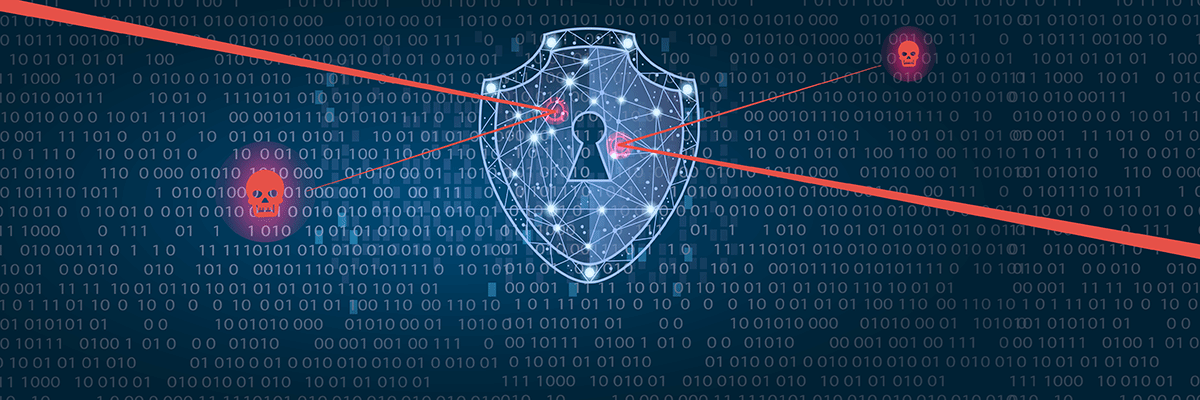By Fiona Whyte, Founder & CEO of Endida
Now remote work has become the norm and cybersecurity threats loom large, the need for robust remote access solutions is more critical than ever. While Virtual Private Networks (VPNs) have long been the go-to choice for securing remote connections, they come with limitations and vulnerabilities that make it unsafe to access everything, everywhere – which is exactly how we now expect to live and work in 2024.
Thankfully, we have modern solutions for modern problems that simply can’t be solved with 90s tech. Zero Trust Network Access (ZTNA) is an innovative approach to remote access that brings enhanced security, flexibility, and control to the table, creating a unique opportunity for resellers to help organisations level up their secure remote access in a myriad of ways.
Never trust, always verify
At its core, ZTNA represents a departure from the traditional VPN model of granting access to corporate resources. Unlike VPNs, which typically provide either full or zero access to the network, ZTNA operates on the principle of zero trust, where access is granted based on strict authentication and authorisation criteria.
This means that users are only granted access to the specific resources they need to perform their tasks, rather than being given blanket access to the entire network. Understandably, there are countless benefits to giving users access to what they need when they need it, rather than handing them the keys to the digital kingdom, including:
• Granular access control – By leveraging contextual information such as user identity, device security posture, and location, ZTNA allows organisations to implement finely tuned access policies that ensure only authorised users with the appropriate credentials can access corporate resources. This not only enhances security but also minimises the risk of unauthorised access and data breaches.
• Easy configuration – Unlike VPNs, which often require complex hardware and software configurations, ZTNA solutions can be deployed quickly and seamlessly. By leveraging lightweight software installed on both the user’s device and the target resource, ZTNA establishes secure, encrypted tunnels without the need for extensive firewall reconfigurations or port openings.
• Enhanced protection – With ZTNA, each device is assigned its own unique security key, ensuring that only authorised users with the appropriate credentials can access corporate resources. This means that all traffic between devices is fully encrypted, making it virtually impossible for malicious actors to intercept or manipulate sensitive data.
• Flexibility and scalability – Whether employees are working from the office, home, or remotely, ZTNA ensures secure access to corporate resources from any location. This flexibility not only improves collaboration and productivity but also enables businesses to adapt to evolving work trends without compromising security.
• Improved connectivity – ZTNA addresses many of the common connection pain points historically associated with VPNs. Unlike VPNs, which often suffer from connectivity issues and cumbersome user experiences, ZTNA offers seamless and reliable access to corporate resources. By eliminating the need for users to manually connect to a VPN server, ZTNA simplifies the access process, reducing the likelihood of connectivity issues and frustration among users.
Ultimately, ZTNA represents a significant advancement in remote access technology, giving organisations a more secure, flexible, and user-friendly access solution compared to traditional VPNs. By understanding the principles and benefits of ZTNA, resellers can educate their clients about the importance of adopting a modern, more secure approach to remote access (in favour of one that’s straight out of the 90s).
In a world where cybersecurity threats are constantly evolving and remote and hybrid work is to be expected, ZTNA is a necessary tool for the secure, always-on connectivity needed to protect our not-so-new normal.
The question, as it always is with cybersecurity, is who will proactively switch to this new access method, and who will be forced to when their outdated systems fail to protect against modern problems? Time will tell.





